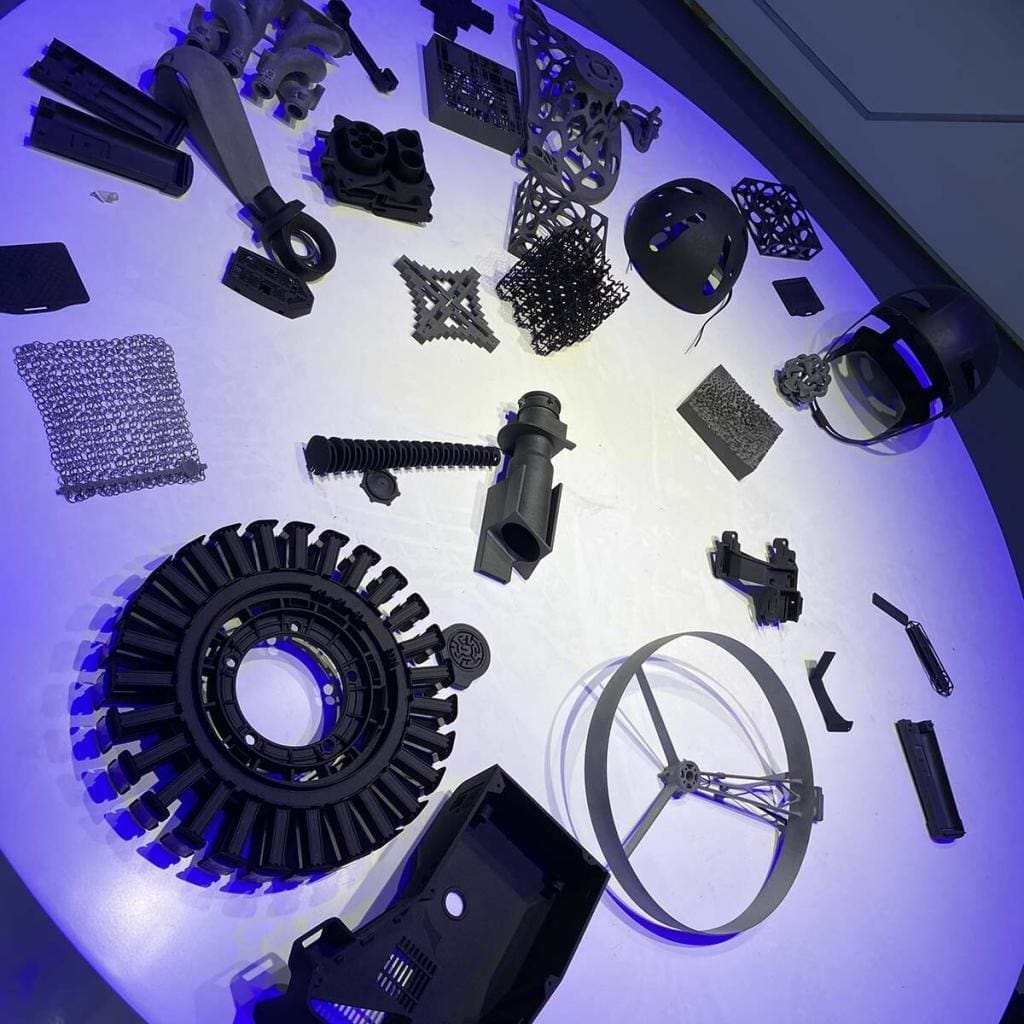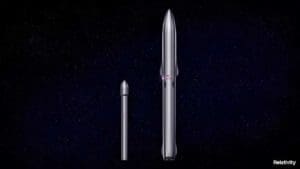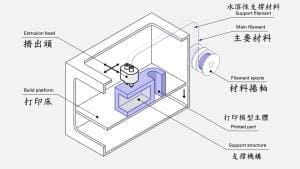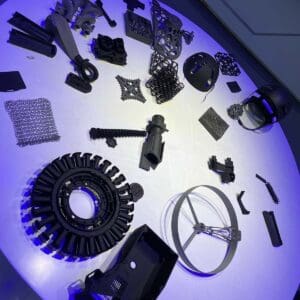7 Advantages of 3D printing
1. Component complexity
The great advantage of 3D printing is the ability to make very complex parts and products that would be difficult to make using reduced material manufacturing (CNC) or other traditional manufacturing processes. For traditional manufacturing, the more complex the geometry of the part, the higher the cost price of manufacturing, and when the part complex to a certain degree, it is impossible to manufacture. 3D printing, on the other hand, has the opposite property. The more complex the model, the better for 3D printing, because the cost of making a complex model is no higher than that of making a simple model. However, if the part is very simple, the cost of 3D printing can be a little more expensive than traditional manufacturing.

The use of 3D printing technology can either build more complex shapes on the outside and inside of products, or improve product performance or increase aesthetic appeal.
2. Mass customization
The 3D-printed parts can be manufactured on demand because there is no time spent producing molds. The production cycle of molds for traditional mass production usually takes weeks to months. This feature of 3D printing has a significant impact on the time new products come to market, making it more convenient when models need to be modified. Because 3D printing allows parts to be made on site, companies no longer need to hold large inventories and can make them whenever and wherever they need them.
From a product design point of view, this also means that each component built in production can be completely different from the others without adding too much cost and time. Not only can mass production, but also can produce different products for each customer. This custom production already includes enclosures, gifts, jewelry, items such as medical prosthetics, implants, orthopedic insoles and high-end car models, interior design and fashion industries.
3. Instant assembly
3D printing can print the moving parts formed once, but it requires the designer to leave a small gap between the moving parts. The size of the gap varies with the process, usually 0.2mm. It needs to be noted that the gap between the moving parts is an important parameter according to engineering standards.
4. Freedom of design
Most designers using traditional manufacturing should hear the "can't do that" feedback from manufacturing engineers and then need to compromise so that the product loses the essence of the designer's imagination. With 3D printing, complexity and geometry usually do not affect manufacturability. Almost anything a designer imagines can be made exactly as an idea. You need our help designing 3D printed modelsView here.
5. Parts merge
Part merging involves replacing several or even dozens of simple parts with a single, more complex 3D-printed part. Parts consolidation reduces assembly and inventory costs.
6. Lightweight
Topology optimization is a method of removing as much material as possible from a part while maintaining adequate mechanical properties. It involves conducting finite element analysis (Finite Element Analysis, FEA), and then iteratively remove unnecessary materials, thereby reducing the weight of the parts.
Topology optimization has been around for a long time, but the complex designs resulting from topology optimization cannot be manufactured by traditional manufacturing methods because topology optimization is not widely used. 3D printing can produce complex designs that are optimised topologically, opening up a whole new field of engineering that can be dedicated to making lighter products. In aviation, for example, any reduction in weight can save a lot of fuel.
7. Manufacture on demand
On-demand manufacturing is the manufacturing process of producing goods on demand when they are needed and, for 3D printing, where they are needed. In conventional manufacturing, an assembly line produces a large number of items and then stocks them until it is ready to ship them to their intended location. In on-demand manufacturing, products are produced only after receiving an order from a customer.
We can see that 3D printing has the potential to completely disrupt existing supply chains. The benefits of this new supply chain are becoming clearer. It can lead to:
- Cost savings by eliminating or greatly reducing inventory requirements. In general, instead of using physical parts inventory, digital parts inventory is used to produce physical parts when needed.
- Using digital files allows you to quickly iterate on new product features at little or no additional cost.
- Because a wide variety of parts come from a single manufacturer, these transactions using 3D printing manufacturers are less risky, more controlled, and more flexible throughout the production cycle.










